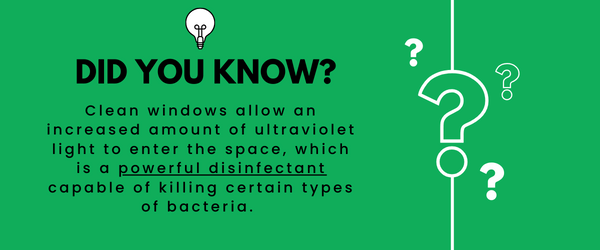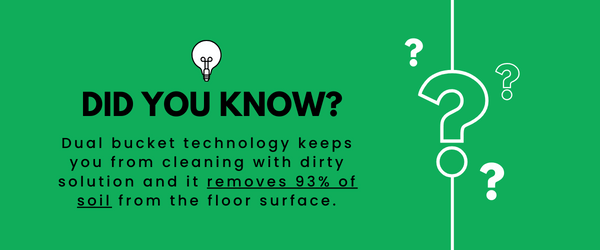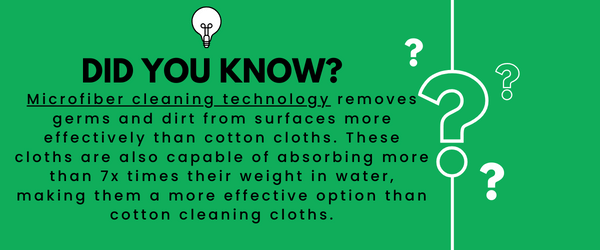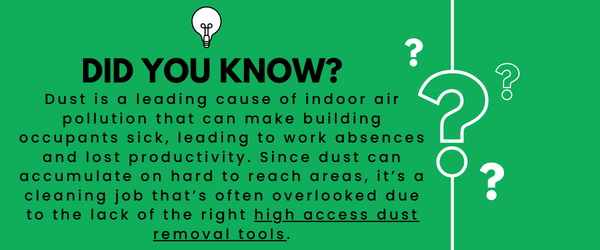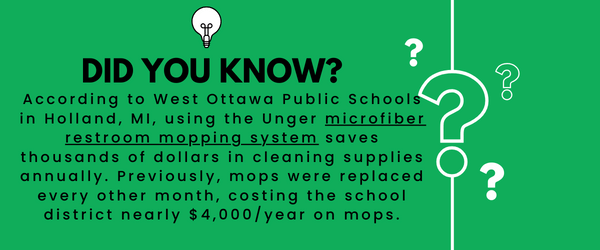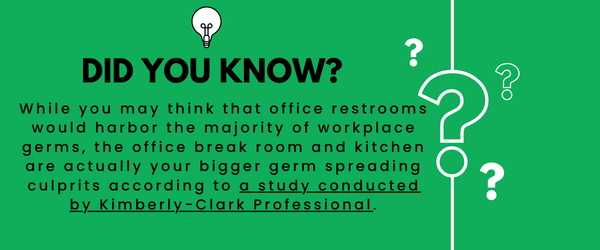
Spring Forward with a Clean Facility: A Spring Cleaning Checklist & Tips
The spring season ushers in more than just warmer weather and blooming flowers. It brings with it an opportune time to dive deep into every corner of your facility that might have been overlooked during the busy year or impacted by winter weather.
Whether you manage an office building, a school or university, a retail facility, or any space in between, spring cleaning offers a chance to refresh and revitalize your indoor and outdoor spaces. This annual cleaning initiative is critical not just for aesthetics, but for enhancing the functionality and safety of the environment for building occupants and community patrons.
With so many tasks to manage and areas to cover, it’s crucial to have a methodical approach to your spring cleaning efforts. Here’s how you can create a spring cleaning checklist that’s both comprehensive and manageable, ensuring your facility achieves its goals.
Step #1: Assess Your Facility Needs
Begin with a thorough walkthrough of your facility and look around with a critical eye, taking note of high-traffic zones (i.e. entryways, hallways, sidewalks) that may need extra attention, any specific cleaning challenges unique to your facility, and areas that often get overlooked during regular cleaning sessions. You can also check in with your facility users for their feedback. Whether you deploy a survey or engage in direct conversations about their level of satisfaction, soliciting user feedback is always good.
Step #2: Categorize the Areas of Focus
Individual spaces within a facility have their own set of cleaning requirements and may utilize a unique set of commercial cleaning tools. By dividing your facility into distinct areas—offices, restrooms, breakrooms, entryways, etc.—you can create a structure to your cleaning plan and prioritize scheduling based on how the area is used and its importance to the daily operation of the facility.
Step #3: Create an Individual List of Tasks Per Area
With your areas defined, break down the specific tasks required for each. This isn’t just about listing ‘cleaning’ as a task, but delving into the specifics—dusting, disinfecting surfaces, and attending to any maintenance needs. This detailed approach ensures nothing is overlooked and that each area receives the care and attention it deserves.
Below is a sample spring cleaning checklist to help you get started:
Glass and Window Cleaning:
Clean windows, both inside and outside, to allow more natural light and improve the facility’s overall appearance.
Floor Mopping and Cleaning:
- Deep clean carpets and rugs.
- Clean and finish hard flooring, making sure you use a mopping system that features a dual chamber mop bucket that separates clean and dirty solution.
Cleaning Walls, Ceilings and Tabletop Surfaces:
- Wipe down walls, baseboards, radiators, tabletops, etc.
- Dust and clean ceiling surfaces and light fixtures. When possible, skip the fall risk associated with ladders when accessing high or out of reach areas. Instead, opt for using a telescopic cleaning pole to which you can attach accessories, such as a cleaning duster or light bulb changer, to reach high access areas.
HVAC Systems:
- Change air filters in HVAC systems.
- Clean air vents and ducts to improve indoor air quality.
High Touch Point Surfaces:
Clean and disinfect frequently touched surfaces in common areas, such as doorknobs, light switches and shared equipment (printers, water coolers, etc.)
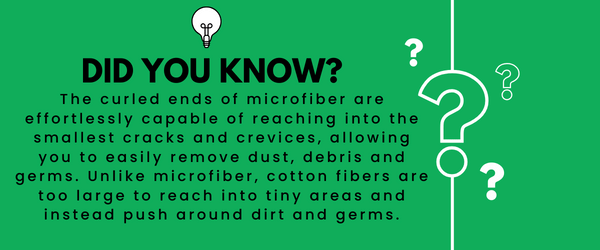
- Clean and disinfect restroom fixtures, including sinks, toilets, and mirrors.
- Replace any worn-out or missing bathroom accessories.
Kitchen or Break Room Cleaning:
- Clean kitchen appliances, such as microwaves, refrigerators (inside and out) and coffee makers
- Wipe down countertops and tables.
Outdoor Spaces:
- Clean and organize outdoor areas, such as entryways and break areas, as well as outdoor furniture
- Clear sidewalks and parking lots of any litter and debris
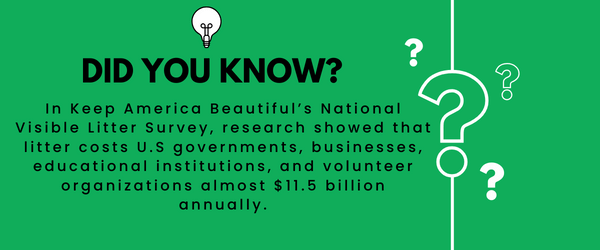
Step #4: Identify Required Cleaning Equipment and Tools
A painter is only as good as their brushes; similarly, the effectiveness of your facility’s spring cleaning efforts is largely dependent on the commercial cleaning tools enlisted in the process. Take stock of what you already have, identify any additional tools or products needed, and make sure everything is in good working order before you start.
For example, when reviewing your window cleaning tools, inspect the rubber blades of the squeegees and cleanliness of your brushes. For your floor cleaning equipment, check your mop heads and microfiber cleaning pads for wear and tear and replace if needed. For your janitorial cleaning carts, check the wheels, casters, and structural components that can wear over time.
Step #5: Outline the Cleaning Schedule
Consider your facility’s daily occupancy and flow to identify the best time to deep clean each identified area. Develop a timeline that includes both start and completion times for every task, ensuring there’s minimal disruption to your operations.
Step #6: Revisit the Checklist Periodically
Even with proper planning, you may have to adapt your spring cleaning checklist to adjust to your facility’s needs and as you receive feedback from those who use and maintain the space. This iterative approach ensures that your cleaning strategy remains relevant and effective throughout the process.
Let’s Get Spring Cleaning!
Creating a spring cleaning checklist might initially seem like a daunting task, but by following these steps, you can develop a plan that’s both thorough and easy to execute. Remember, the goal is to not only clean your facility but to create an environment that is welcoming and conducive to productivity. Happy cleaning!

